Home>Furniture & Design>Outdoor Furniture>What Is A Good Temperature For An Outdoor Pool
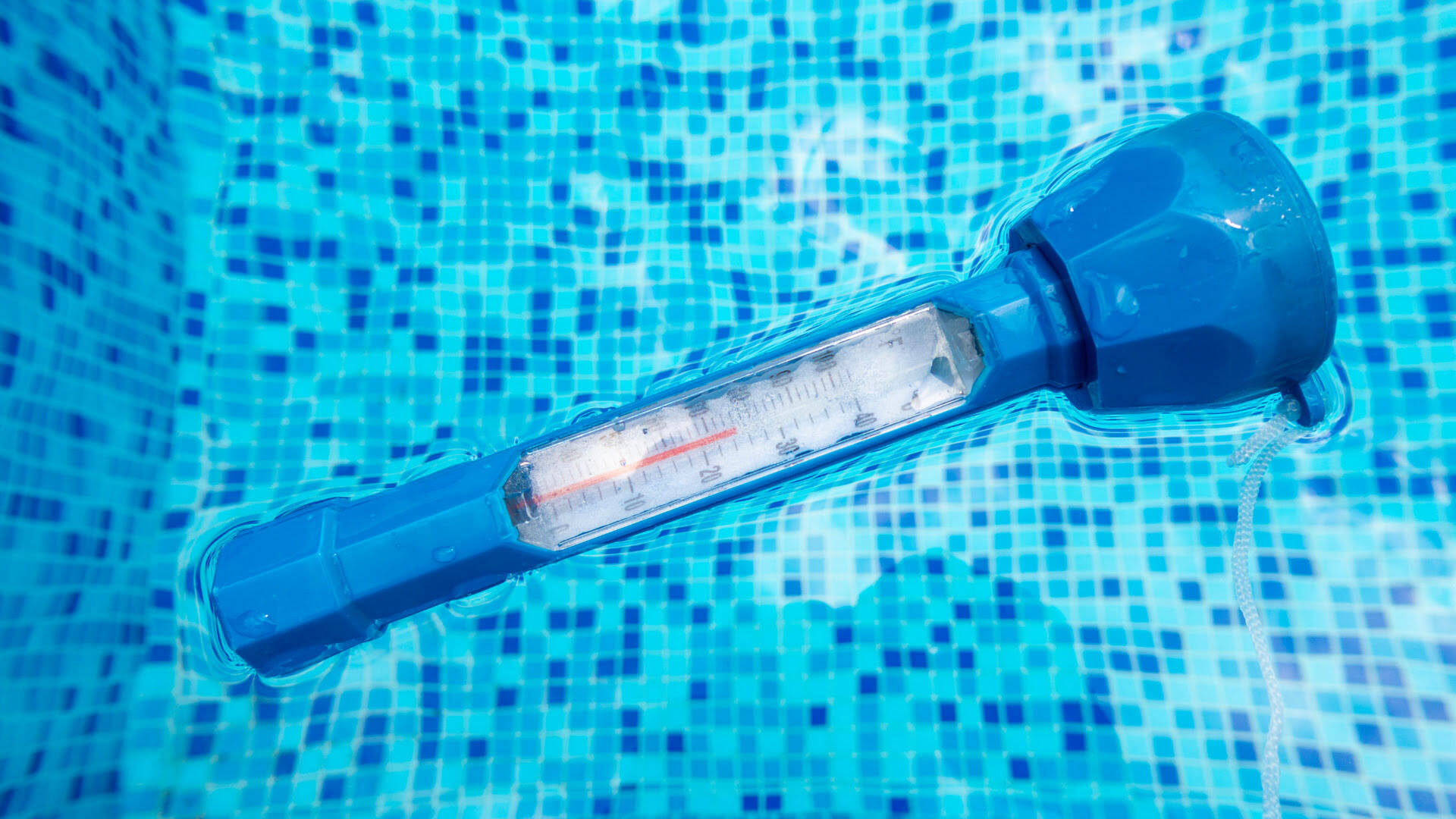

Outdoor Furniture
What Is A Good Temperature For An Outdoor Pool
Published: January 13, 2024
Discover the ideal temperature for your outdoor pool with our expert guide. Find the perfect outdoor furniture, design, and more for your pool area.
(Many of the links in this article redirect to a specific reviewed product. Your purchase of these products through affiliate links helps to generate commission for Storables.com, at no extra cost. Learn more)
Introduction
When it comes to enjoying your outdoor pool, the temperature of the water plays a significant role in enhancing the overall experience. The ideal pool temperature can make a difference in your comfort and enjoyment, whether you're taking a leisurely swim, hosting a poolside gathering, or simply relaxing by the water's edge. Understanding the factors that influence outdoor pool temperature and how to maintain it at an optimal level is crucial for ensuring a delightful and refreshing swimming experience.
In this article, we will delve into the various factors that affect outdoor pool temperature, explore the ideal temperature for an outdoor pool, and provide valuable tips for maintaining the right pool temperature. Whether you're a pool owner, a prospective buyer, or simply someone who appreciates the allure of outdoor water activities, this guide will equip you with the knowledge to make the most of your outdoor pool experience. So, let's dive in and uncover the secrets to achieving the perfect pool temperature for endless aquatic enjoyment.
Key Takeaways:
- The ideal outdoor pool temperature ranges from 78 to 82 degrees Fahrenheit, striking a balance between refreshment and relaxation for a delightful swimming experience.
- Factors like climate, sun exposure, and pool size affect pool temperature. Practical tips, like using pool covers and solar heating, can help maintain the perfect pool temperature.
Factors Affecting Outdoor Pool Temperature
Several factors come into play when determining the temperature of an outdoor pool, each of which can significantly impact the overall comfort and enjoyment of swimmers. Understanding these factors is essential for maintaining an optimal pool temperature that aligns with your preferences and ensures a pleasant swimming environment.
- Climate: The prevailing climate in your location is a primary influencer of outdoor pool temperature. Warmer regions may naturally experience higher average temperatures, while cooler climates may require additional heating to achieve comfortable swimming conditions.
- Sun Exposure: The amount of direct sunlight your pool receives can affect its temperature. Pools that are consistently exposed to sunlight may experience higher water temperatures, especially during the peak hours of the day.
- Shade and Wind: Conversely, pools situated in areas with ample shade or frequent wind may experience cooler water temperatures, as these elements can contribute to heat loss through evaporation and convection.
- Pool Size and Depth: The dimensions of your pool, including its size and depth, can impact its temperature. Larger pools may take longer to heat up, while deeper pools may retain cooler temperatures, particularly at lower depths.
- Heating Systems: The type and efficiency of your pool’s heating system, whether it’s solar, electric, or gas-powered, can directly influence the water temperature. Properly functioning and well-maintained heating systems are essential for achieving and sustaining the desired pool temperature.
- Water Circulation: Effective water circulation and filtration play a role in maintaining consistent pool temperatures. Proper circulation helps distribute heated water evenly throughout the pool, preventing localized temperature variations.
By taking these factors into account, pool owners can gain insight into the dynamics of outdoor pool temperature and make informed decisions regarding temperature regulation and maintenance. With a clear understanding of these influences, it becomes possible to create an inviting and comfortable aquatic setting that caters to the preferences of swimmers and enhances the overall pool experience.
Ideal Outdoor Pool Temperature
While personal preferences and regional climate variations can influence the ideal pool temperature, a general consensus exists regarding the range that offers a delightful swimming experience for most individuals. The ideal outdoor pool temperature typically falls within the range of 78 to 82 degrees Fahrenheit (25.5 to 27.7 degrees Celsius). This temperature range strikes a balance between providing a refreshing aquatic environment and ensuring comfortable immersion for extended periods.
For those seeking a cooler, invigorating swim, temperatures closer to 78 degrees Fahrenheit may be preferable, especially in warmer climates or during the peak of summer. On the other hand, individuals desiring a warmer and more relaxing swimming experience may lean toward the higher end of the spectrum, around 82 degrees Fahrenheit. This range accommodates diverse preferences, allowing swimmers to enjoy the pool according to their comfort levels and the prevailing weather conditions.
It’s important to consider the demographics of pool users when determining the ideal temperature, as children and the elderly may have different comfort thresholds compared to adults. Additionally, factors such as physical activity and the presence of a spa or hot tub within the pool area can influence temperature preferences. By understanding these nuances, pool owners can fine-tune the temperature settings to cater to the needs and preferences of various user groups, ensuring an inclusive and enjoyable aquatic environment.
Ultimately, the ideal outdoor pool temperature is one that promotes relaxation, enjoyment, and overall well-being for swimmers of all ages. Striking the right balance through careful temperature management enables pool owners to create an inviting and versatile aquatic space that accommodates a wide range of recreational activities and enhances the overall appeal of their outdoor living area.
A good temperature for an outdoor pool is typically between 78-82°F (25-28°C). This range is comfortable for swimming and won’t feel too cold or too warm for most people.
Tips for Maintaining the Right Pool Temperature
Maintaining the optimal temperature for your outdoor pool involves a combination of proactive measures and strategic choices to ensure consistent comfort and enjoyment. By implementing the following tips, pool owners can effectively manage and regulate the pool’s temperature, creating an inviting aquatic environment that aligns with their preferences and the needs of swimmers.
- Invest in a Quality Pool Cover: Utilizing a durable and well-fitted pool cover can help minimize heat loss through evaporation, especially during cooler evenings and nights. This simple yet effective solution can contribute to maintaining the desired pool temperature while reducing energy consumption.
- Utilize Solar Heating Systems: Solar heating systems harness the sun’s energy to gradually warm the pool water, providing an eco-friendly and cost-effective approach to temperature regulation. By leveraging renewable energy sources, pool owners can sustainably maintain comfortable water temperatures throughout the swimming season.
- Optimize Heating System Efficiency: Regular maintenance and servicing of heating systems, including heaters, pumps, and filters, are essential for maximizing their efficiency and performance. Clean filters and properly calibrated equipment can enhance the effectiveness of heating systems, ensuring consistent and reliable temperature control.
- Implement Windbreaks and Shading: Creating windbreaks and strategically positioning shading elements near the pool area can mitigate heat loss caused by wind and excessive sunlight. These measures help maintain a more stable pool temperature, especially in open or exposed outdoor settings.
- Monitor and Adjust Temperature Settings: Utilize a reliable pool thermometer to monitor water temperatures regularly. Based on seasonal variations and user preferences, adjust the temperature settings of heating systems or solar panels to maintain the desired pool temperature within the recommended range.
- Consider Pool Blankets and Insulation: Pool blankets and insulation materials can further minimize heat loss and evaporation, contributing to sustained water warmth and energy efficiency. These solutions are particularly beneficial for pools located in regions with fluctuating or cooler climates.
By incorporating these practical strategies into their pool maintenance routines, owners can effectively uphold the optimal temperature of their outdoor pools, ensuring a welcoming and enjoyable aquatic environment for themselves, their families, and their guests. These measures not only contribute to a more comfortable swimming experience but also promote sustainability and energy efficiency, aligning with the principles of responsible pool ownership and environmental stewardship.
Conclusion
Understanding the dynamics of outdoor pool temperature and the factors that influence it is essential for creating a captivating and comfortable aquatic retreat. By considering the regional climate, sun exposure, pool size, heating systems, and other key elements, pool owners can navigate the nuances of temperature regulation and maintenance, ensuring an optimal swimming environment for all to enjoy.
The ideal outdoor pool temperature, typically ranging from 78 to 82 degrees Fahrenheit, strikes a harmonious balance between refreshment and relaxation, catering to a diverse array of preferences and user demographics. By fine-tuning the temperature settings and implementing practical measures such as pool covers, solar heating, and efficient system maintenance, pool owners can sustain the desired water temperature while promoting energy efficiency and environmental responsibility.
Ultimately, the pursuit of the perfect pool temperature is a testament to the dedication of pool owners in creating an inviting and versatile aquatic space. Whether it’s a tranquil retreat for relaxation, a hub for social gatherings, or a source of recreation and well-being, the right pool temperature enhances the allure of outdoor living and fosters memorable experiences for swimmers of all ages.
As you embark on your journey to maintain the ideal pool temperature, may these insights and tips serve as valuable companions, guiding you toward a harmonious and delightful aquatic oasis. With thoughtful temperature management and a passion for aquatic enjoyment, your outdoor pool can become a cherished haven, offering endless opportunities for leisure, rejuvenation, and aquatic merriment.
Frequently Asked Questions about What Is A Good Temperature For An Outdoor Pool
Was this page helpful?
At Storables.com, we guarantee accurate and reliable information. Our content, validated by Expert Board Contributors, is crafted following stringent Editorial Policies. We're committed to providing you with well-researched, expert-backed insights for all your informational needs.
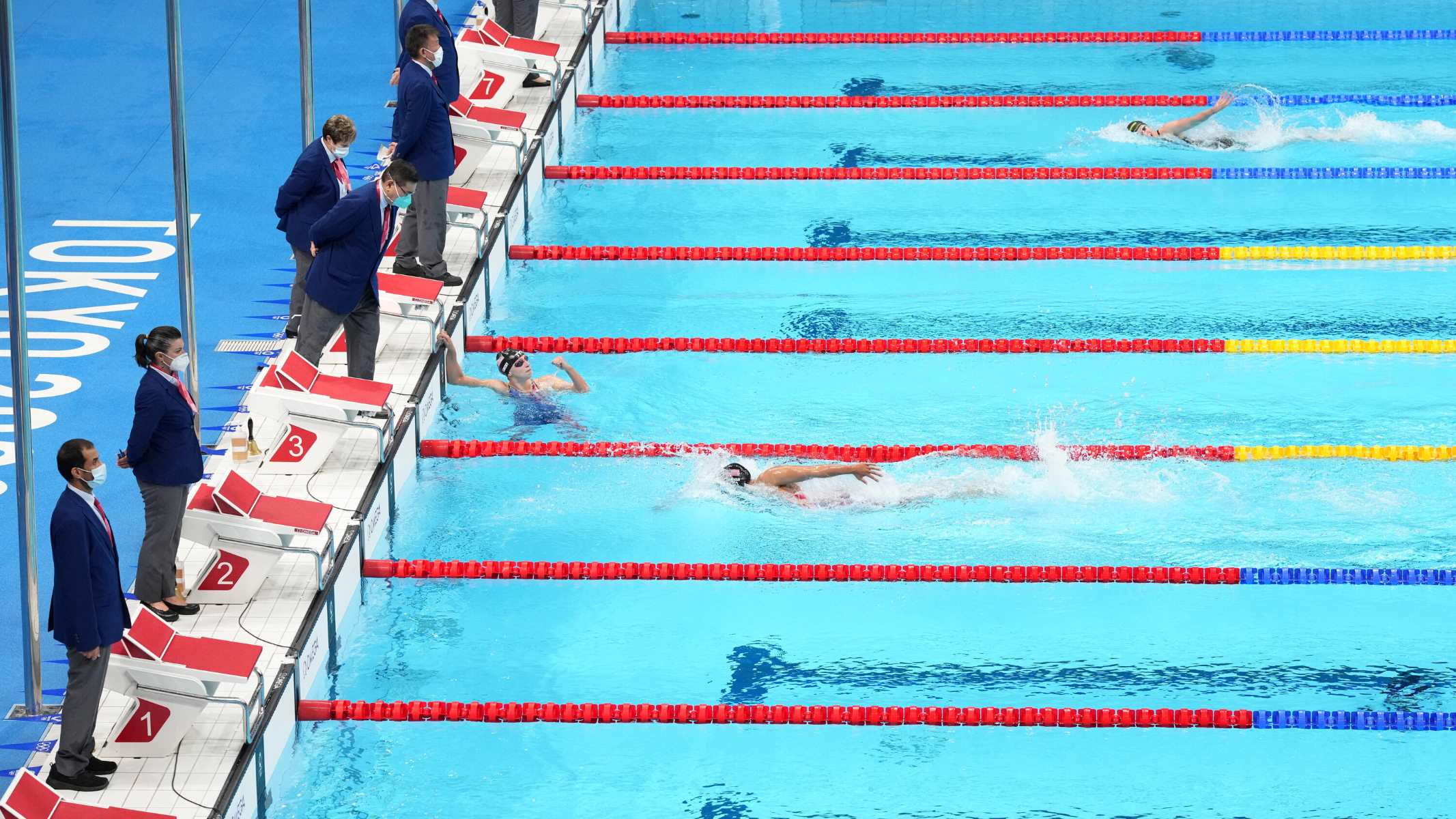
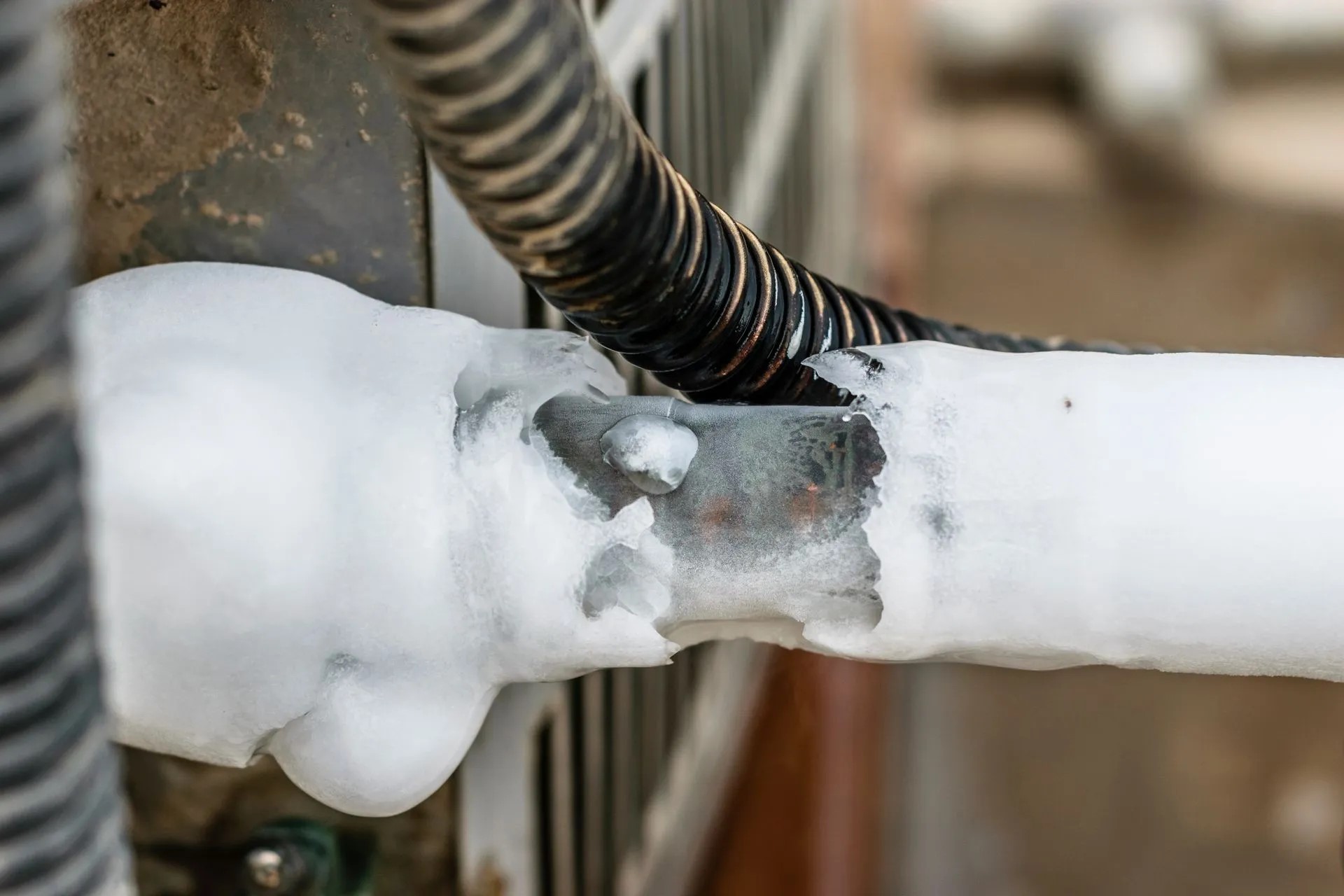
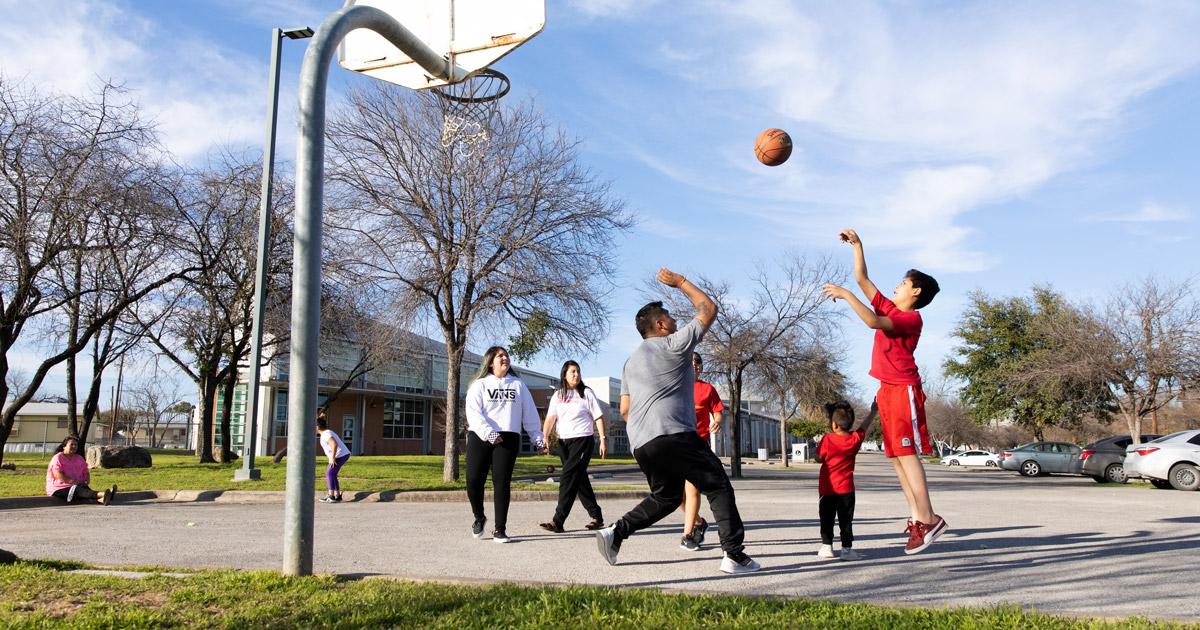
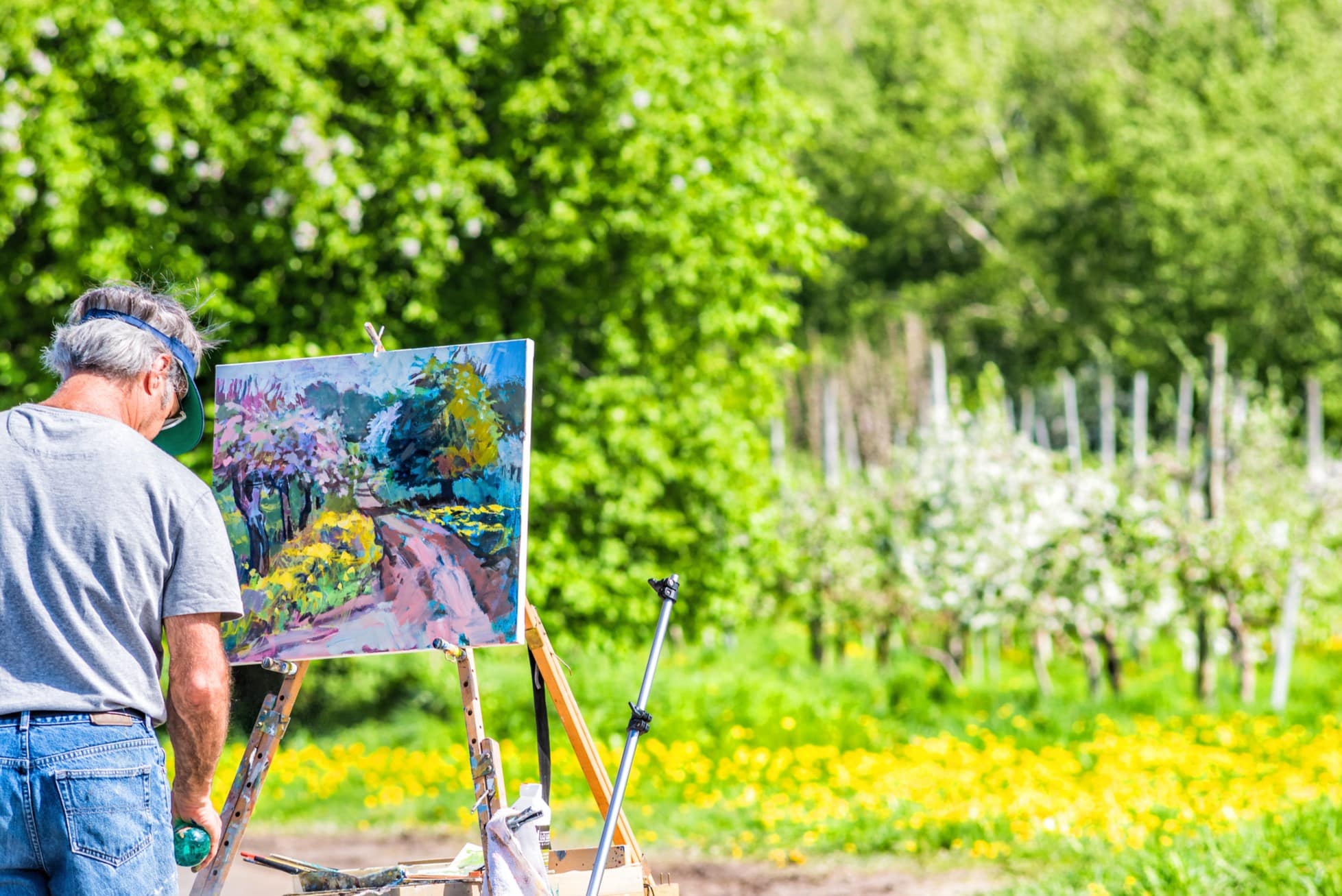
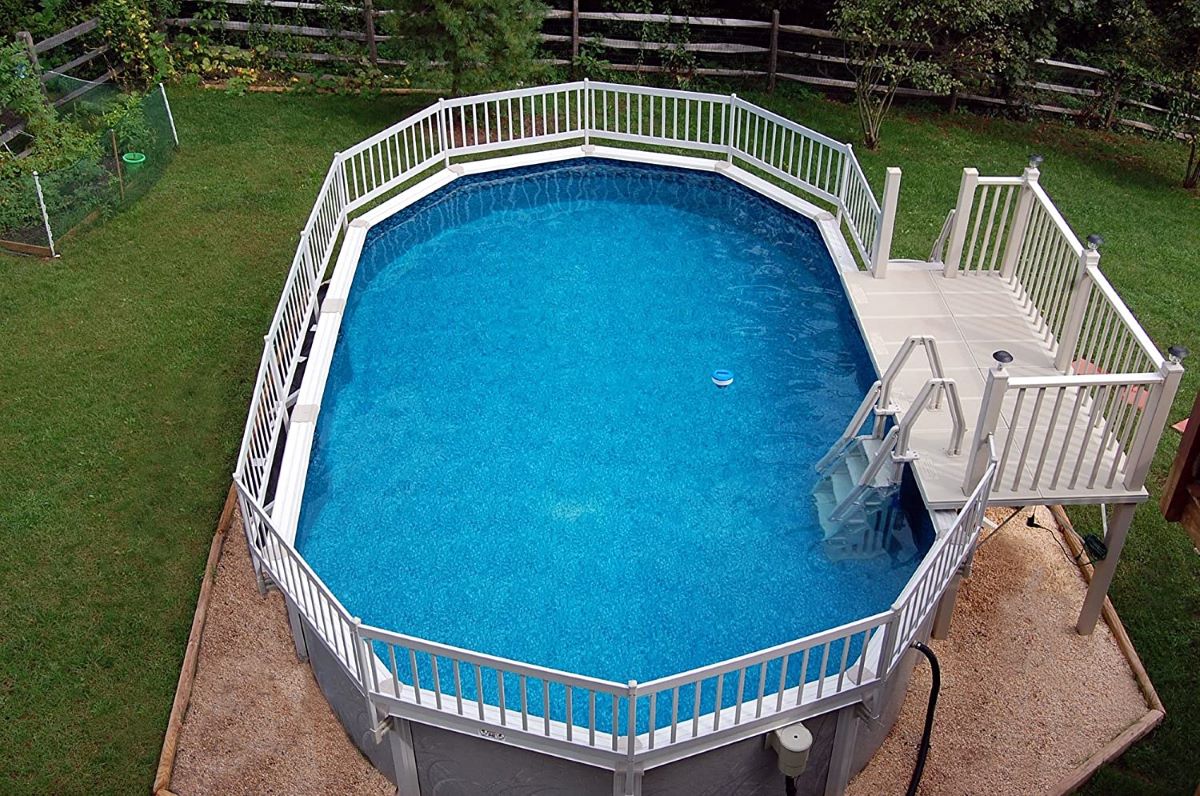
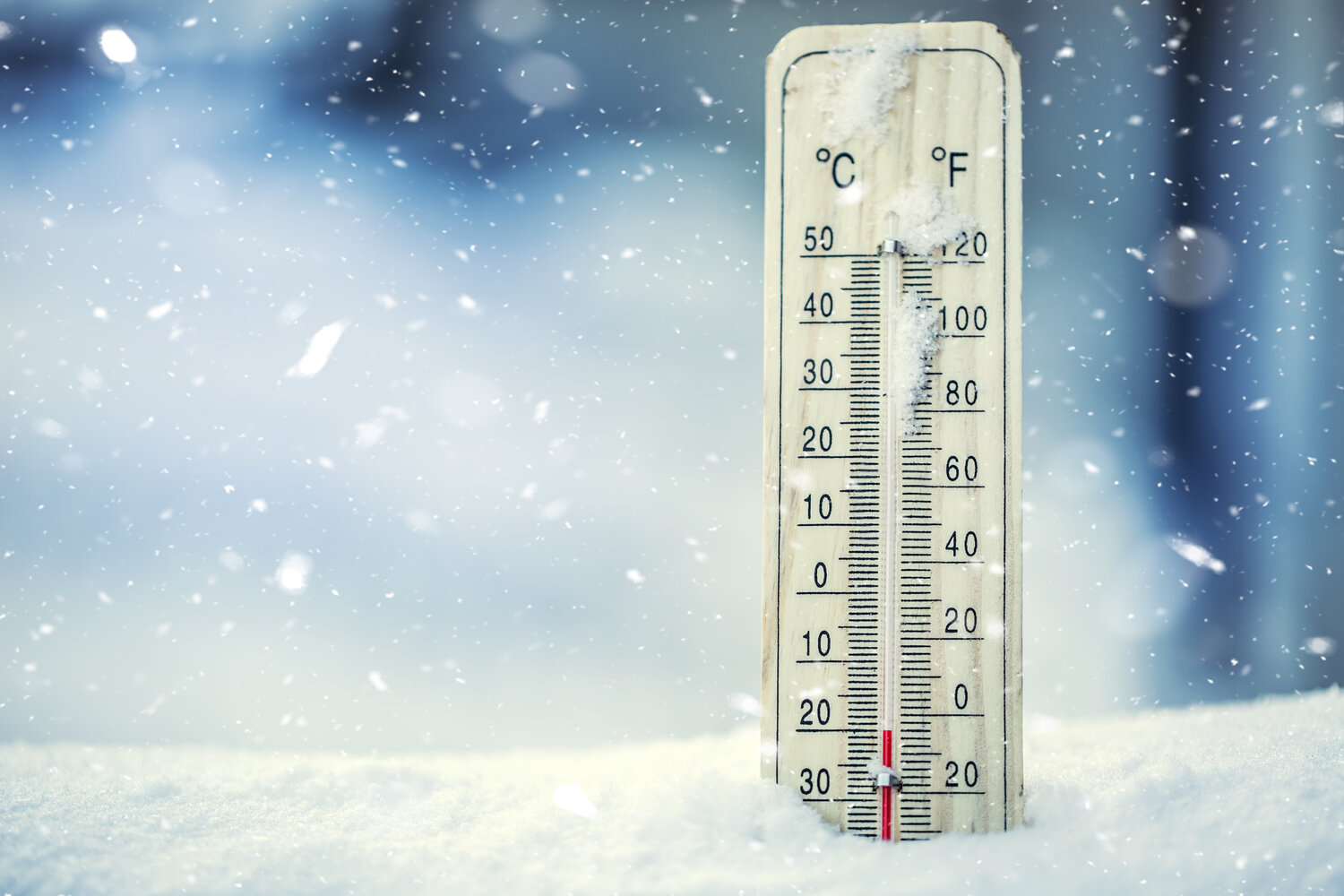
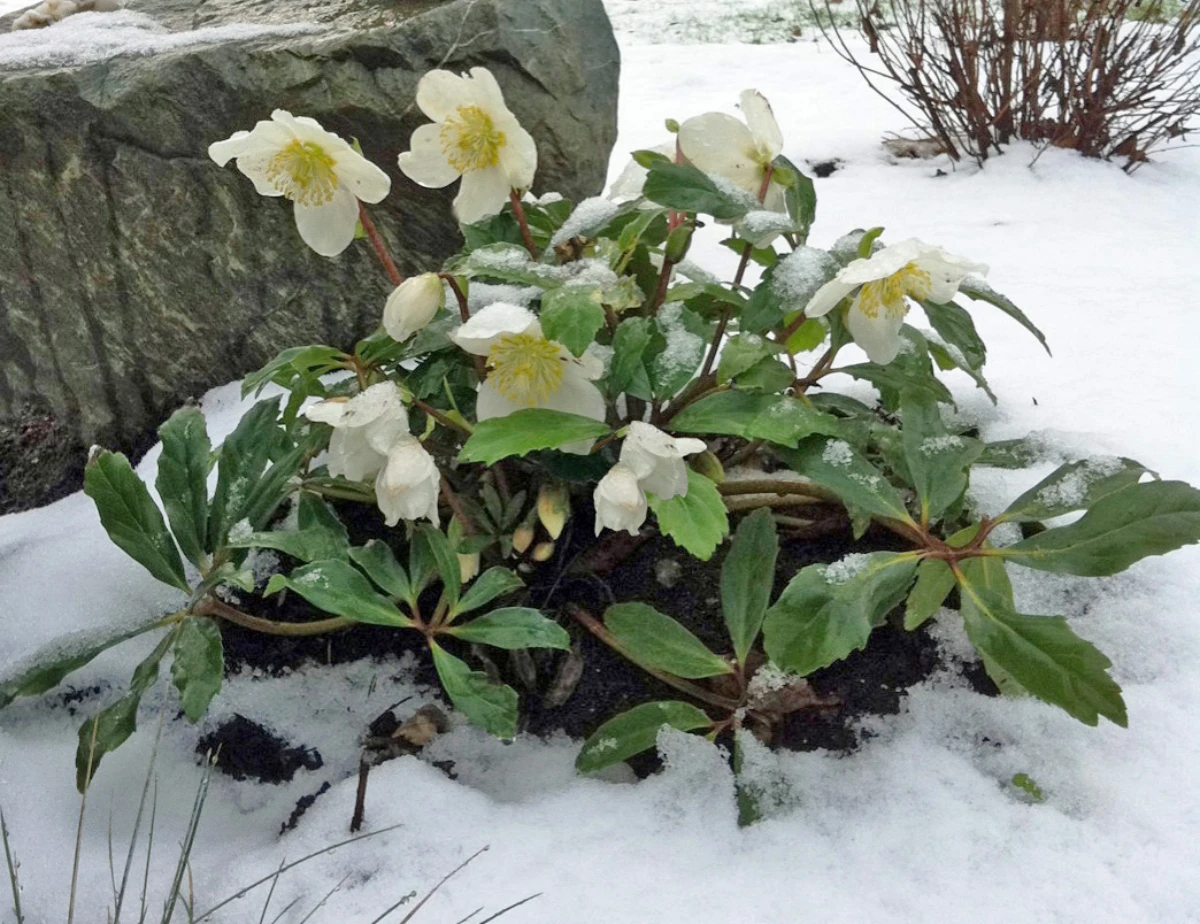
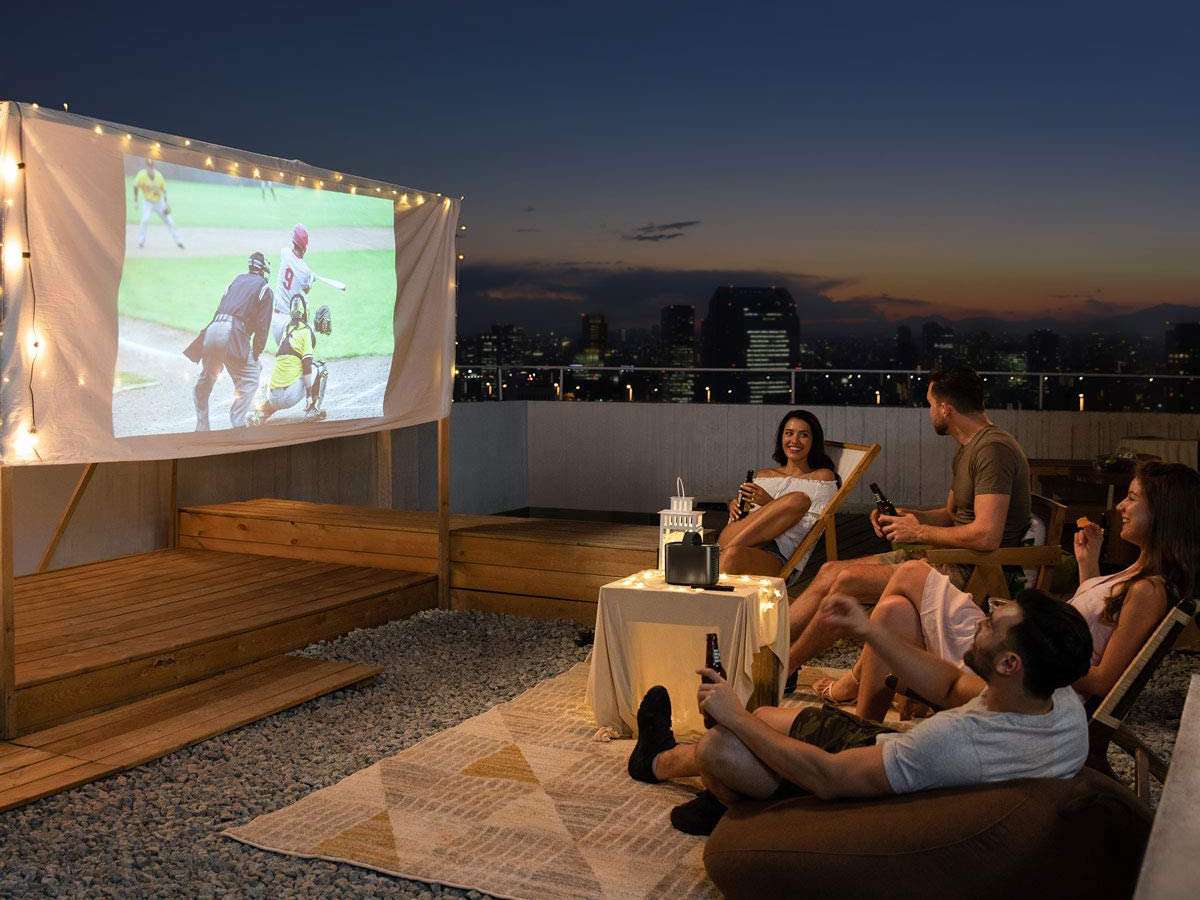
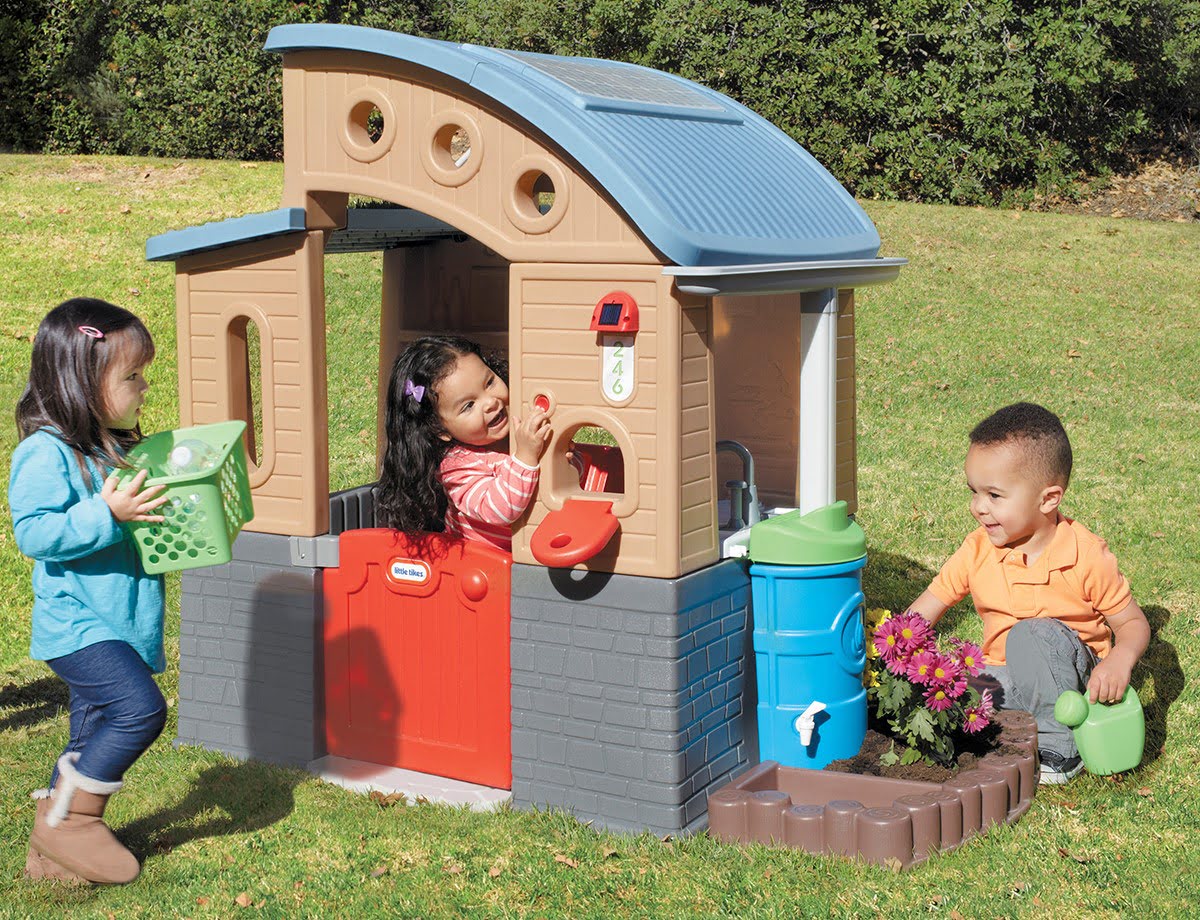
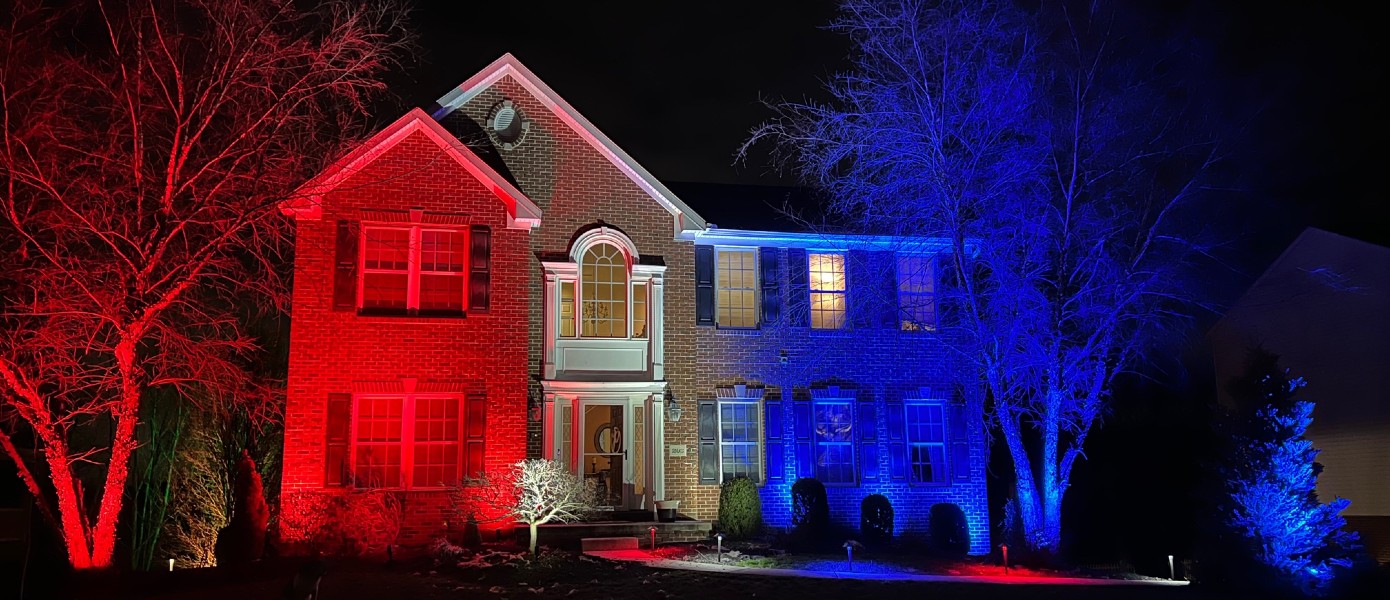
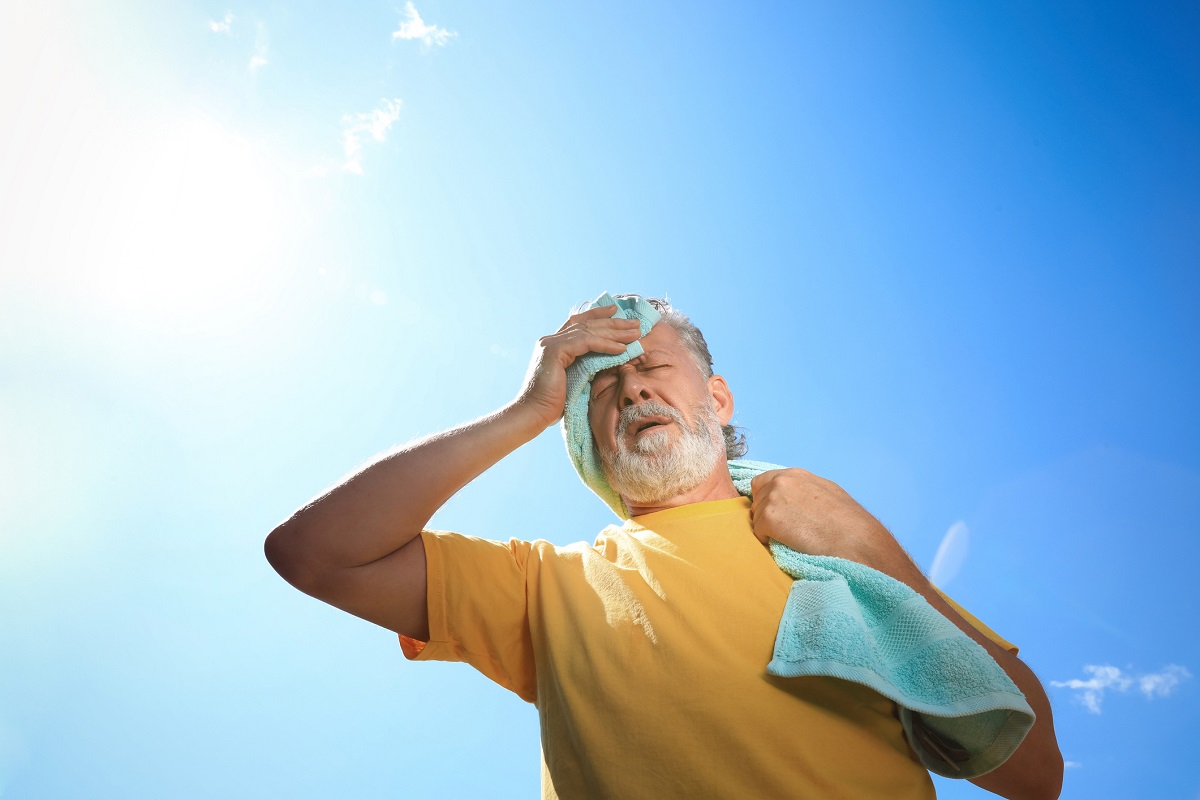
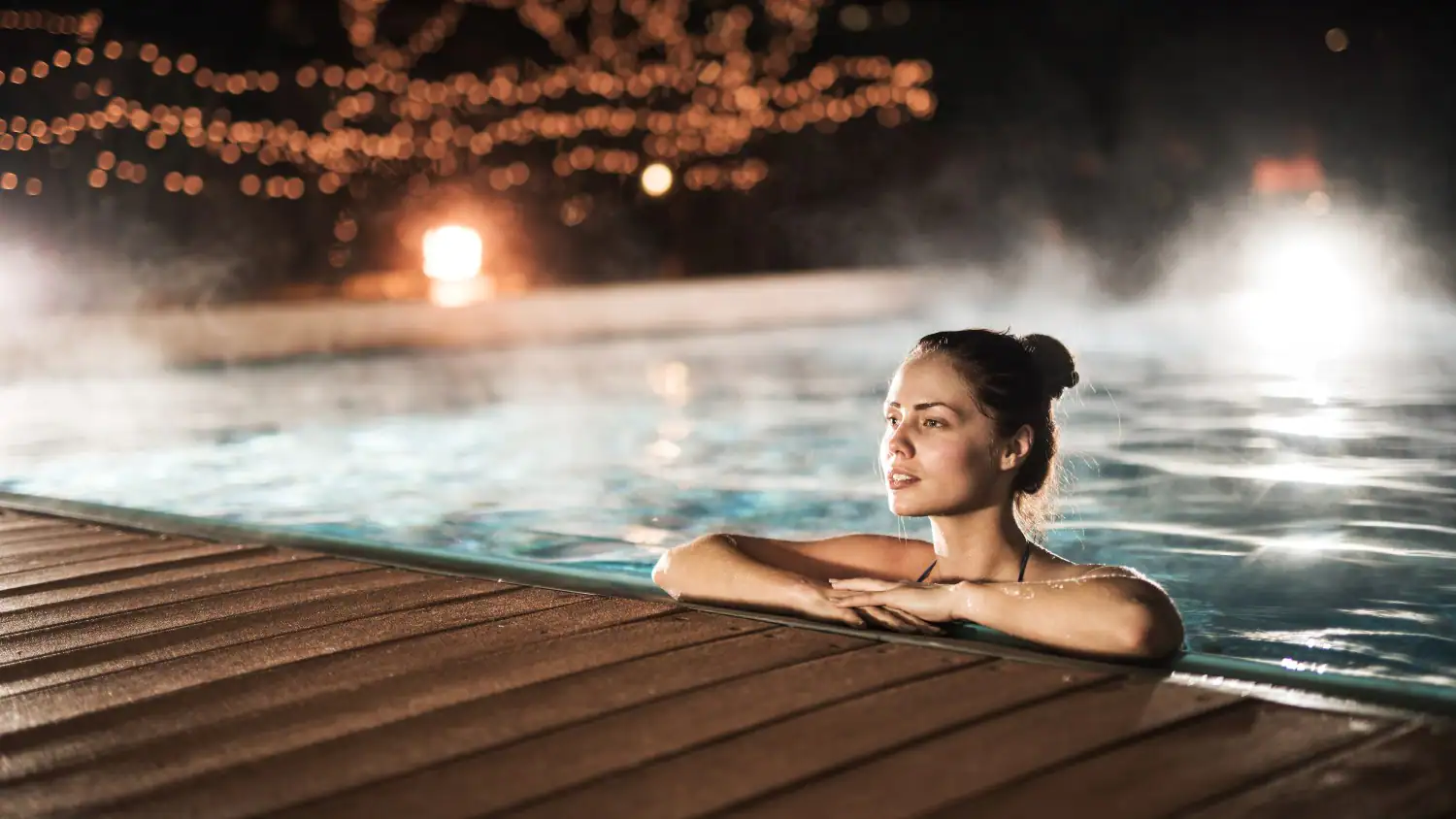
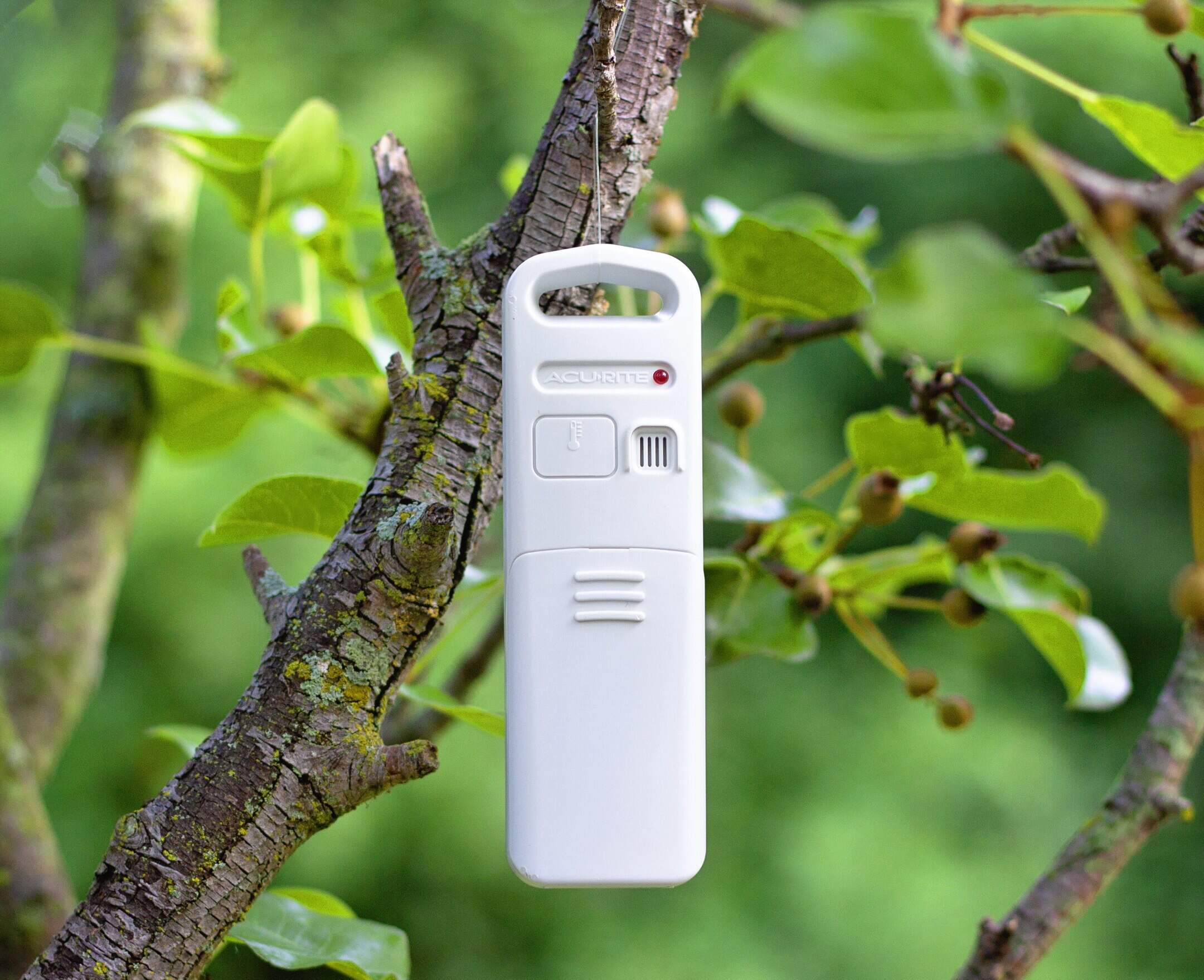
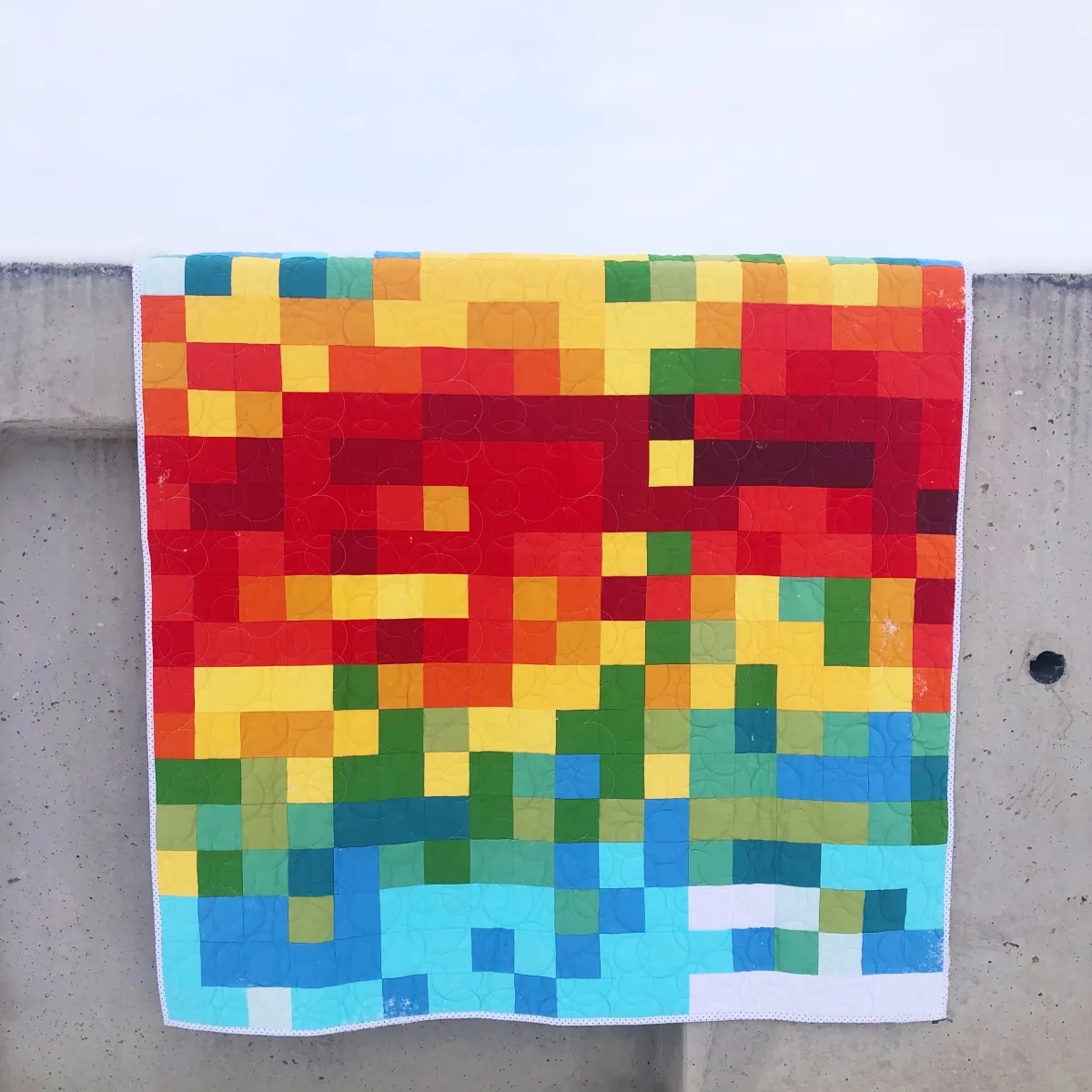
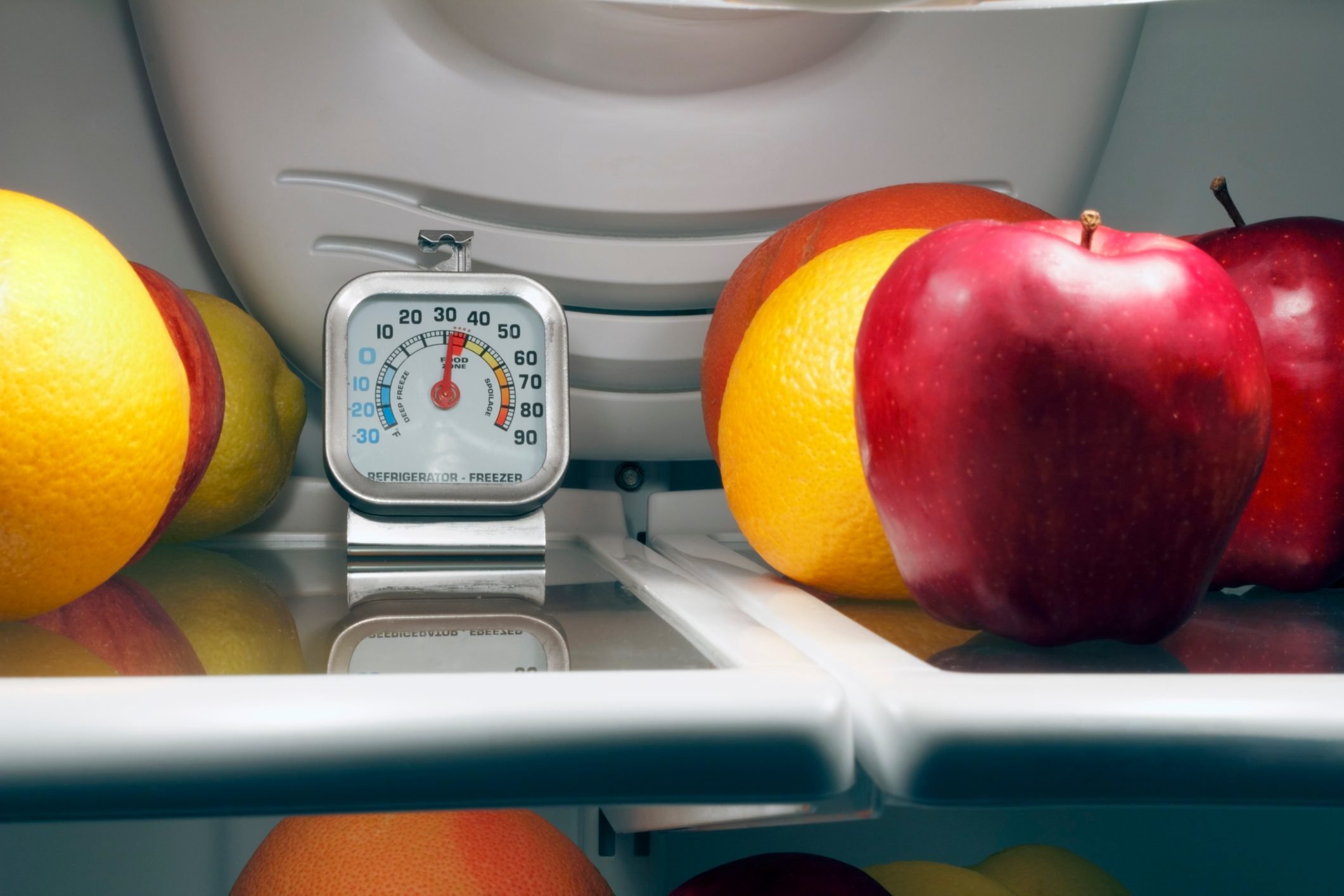

0 thoughts on “What Is A Good Temperature For An Outdoor Pool”